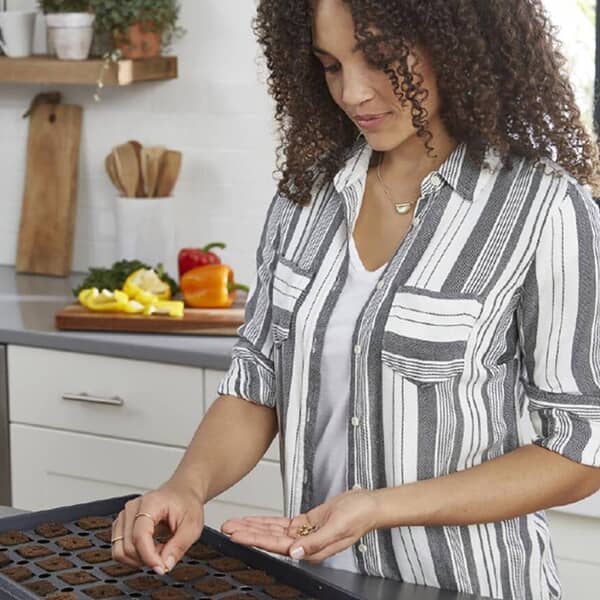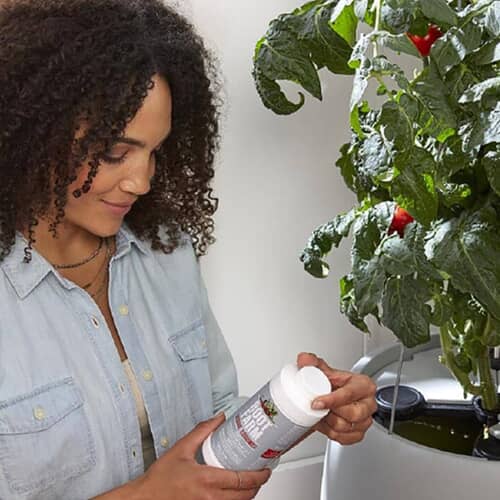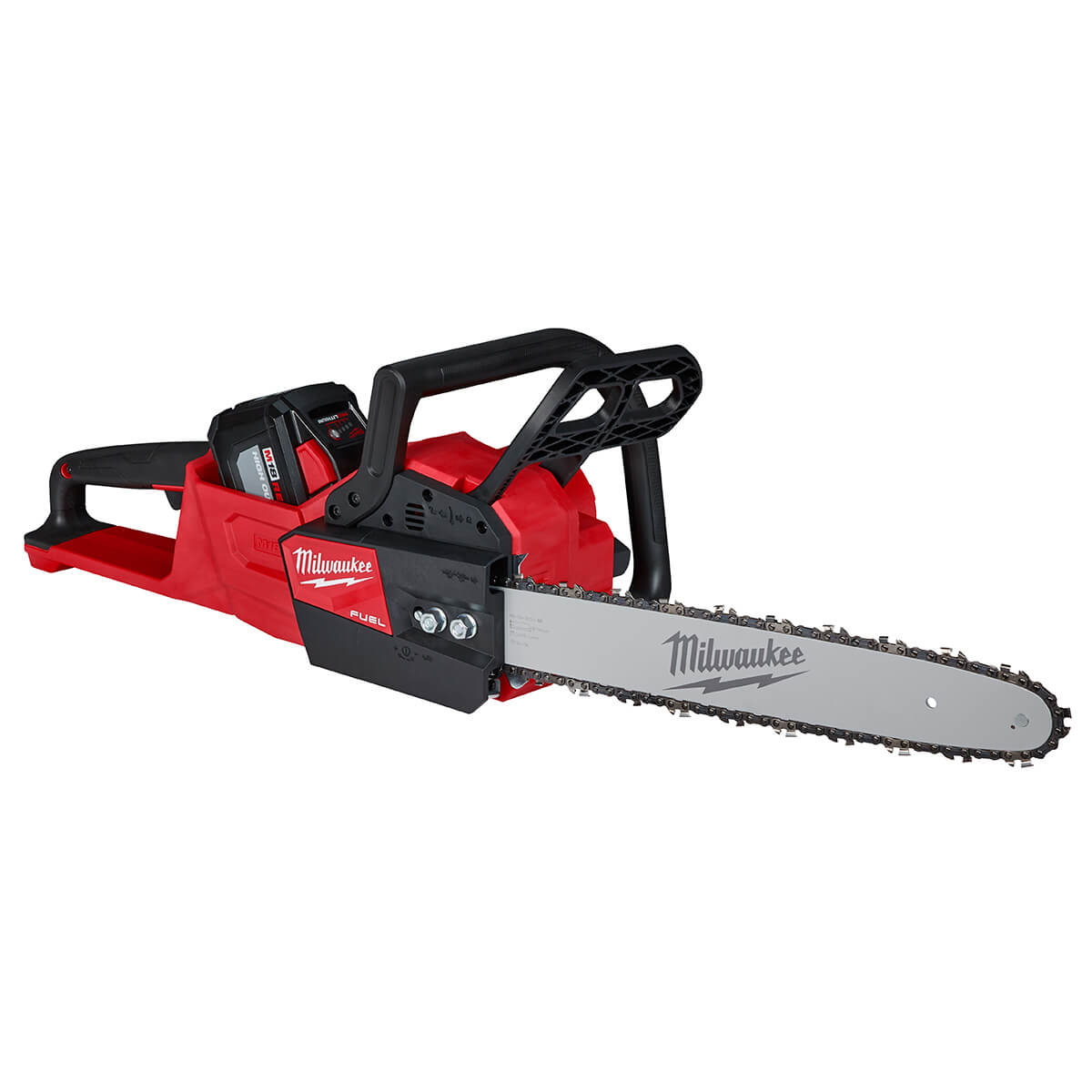Seed Starting Guide: Here’s How to Start Your Plants Indoors
Interest in seed starting and hydroponics has grown in recent years, and for good reason. Starting seeds indoors gives you a jump on the growing season because you can plant long before the ground outside thaws. It also gives you complete control over water, light and soil—all crucial factors in the early growth stage of plants. Other benefits of seed starting include cost, variety, and health and wellness.
Choosing Your Seeds
When selecting seeds for germination, be sure to choose seeds that are right for your climate and soil. You’ll find this information on the seed packaging, along with detailed planting and care instructions. These include planting depth, spacing, watering requirements, when to sow, and number of days to germination. You should also choose plants that match your experience level, as some require more care and attention than others. Tomatoes, basil, marigolds, zinnias, and nasturtium are all good beginner choices.
Types of Seed Starters
You can start seeds in almost any container with drainage holes, but you're more likely to have success with equipment specifically designed for seed starting. This is especially true for those new to seed starting. Here’s a quick rundown of your options.Seed Starting Trays
Seedling trays come in a wide variety of sizes and configurations. Some are open concept while others include individual cells for each seedling. The latter can be helpful when replanting to the garden, and for keeping different types of plants separate from each other. Some seed trays also include a humidity dome to give your seedlings a moist and humid environment in which to thrive.
Plantable Pots
These seed pots are made of biodegradable materials so you can simply set your pot and seedling directly into the garden. This eliminates any root disturbance from replanting. It also makes cleanup easier and means you don’t have to find space to store your pots. Read up on your plants’ root requirements: deep-root pots will help plants with more robust root systems, making for an easier transition to the garden.Greenhouse Kits
These seed starter kits are a step up from a simple seed tray. They will always come with a humidity dome to assist plant growth. Some kits also include your growing medium, a heat mat, and a grow light. Self-watering systems are also available. These will deliver water to your seedlings as they need it to reduce the risk of under- or over-watering.

Growing Mediums: Soil vs. Hydroponics
You can choose to use soil or a hydroponic medium to grow your seedlings. Each has its own unique benefits:

Seed Starting Soil
- Premixed Soil: Look for a soil mixture that includes perlite, vermiculite, and sphagnum peat moss or speciality seed starting soils.
- Key Benefits: The soil is light and retains moisture, which greatly helps your seeds to germinate and flourish
- Watering: Be sure to add water to your soil and let it soak in for an hour before planting
- Fertilizing: Most soil mixes will need a nutrient boost, so start adding fertilizer a few weeks after germination and continue until it’s time to transplant
- Use Only Sterile Soil: Do not use soil or compost from your garden as it can contain soil gnats and other pests that will harm your seedlings


Hydroponics
- Hydroponics 101: this process involves growing plants without soil in a nutrient-enriched water solution
- Root Support: Instead of soil, hydroponic seedlings are supported by an inert medium such as gravel, stones, perlite, or other materials
- Key Benefits: Water allows the roots to absorb nutrients more quickly, and the extra oxygen in water helps to stimulate root growth
- Hydroponic Garden Kits: Some kits include peat pellets that expand to mini seed pots when soaked in water; others feature coconut fiber pots that you can transplant right into your garden


Grow Lights for Seedlings
Your seedlings will need lots of light once they emerge from the surface of the soil. This will help prevent them from getting leggy and spindly. There are many different types of grow lights for seedlings available, including LED, HPS (high pressure sodium), fluorescent and other high output lights. In general, the more lumens the better. The best grow lights will include full-spectrum light bulbs, which produce a balance of cool and warm light that replicates the natural solar spectrum. Look for models that include a stand and reflector to properly focus the light on your plants.
Care & Maintenance Tips
Moisture & Watering
- Keep your soil damp and check it daily
- Water gently at the seedling base to avoid damaging the stem and leaves
- Use a greenhouse dome to maintain a humid environment that promotes germination
Damping Off
- “Damping Off” refers to a dangerous fungal growth that can kill your seedlings
- It appears as fuzzy hairs on the stem of the seedling
- To prevent, spray your seedings occasionally with 3% hydrogen peroxide and vent your dome on a regular basis to regulate humidity
Thinning
- Plant 2-3 seeds per pot then wait to see which ones thrive
- Seedlings that are struggling should be snipped off to give the stronger seedlings all the available nutrients
Hardening Off
- Seedlings must be gradually transitioned to outdoors to avoid harm
- Start by opening a window a few hours a day to expose them to cooler air
- Then move your trays outside for a few hours a day, gradually increasing to a full day outside







